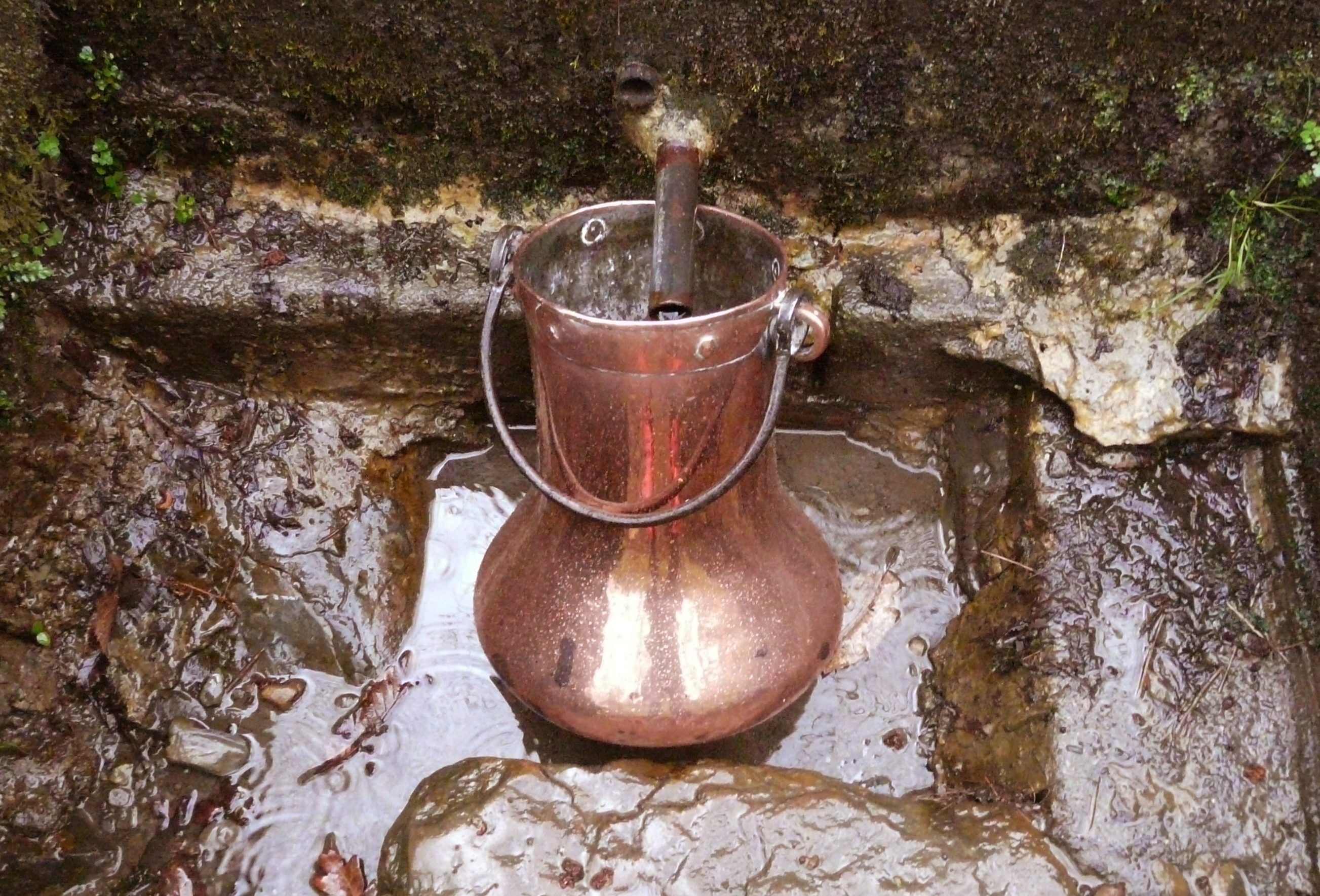Basque ethnography at a glance

Dandelions in the field. Luis Manuel Peña. Labayru Fundazioa Photographic Archive.
It has been a cold and rainy winter, and spring is taking its time arriving. We still find ourselves surrounded by snow-covered mountains, and when the northwest wind blows, it enters our body and makes us feel like we are freezing. (more…)

Viking raids on the Iberian Peninsula in the 9th–11th centuries. Reproduced from Haywood 1995.
During the Viking Age (c. 800–c. 1060), seafarers of Nordic origin ravaged numerous communities along the northern, western, southern and eastern coasts of the Iberian Peninsula. In the following centuries, devout Nordic Christians went on pilgrimages to Santiago de Compostela in Galicia. But is it possible that individuals of Iberian Peninsular origin undertook travel, together with Scandinavians or perhaps partly on their own, in the opposite direction? And, if so, how far north did they go? The present note summarizes a few potential linguistic, archaeological and genetic indications of links from the mid 1000s to the early 1200s between the Iberian Peninsula and the olden Norwegian capital Nidaros, the present-day Trondheim. (more…)

Copper errada belonging to the Olabarria family from Udiaga. Orozko (Bizkaia), 2018. Itziar Rotaetxe. Labayru Fundazioa Photographic Archive.
According to the accurate definition provided by the Royal Spanish Academy, the herrada is ‘a wooden bucket with large cast iron or brass bands, wider at the base than at the top rim’, more of a museum piece than a useful object today. Most notably throughout the 19th century and the first few decades of the 20th century, this particular bucket served an important function in Basque society, for it was used by women to fetch water from the source. In western Basque dialects it is known as errada, perrada, edarra, and others, ferreta being the commonest word for it in eastern varieties. (more…)


